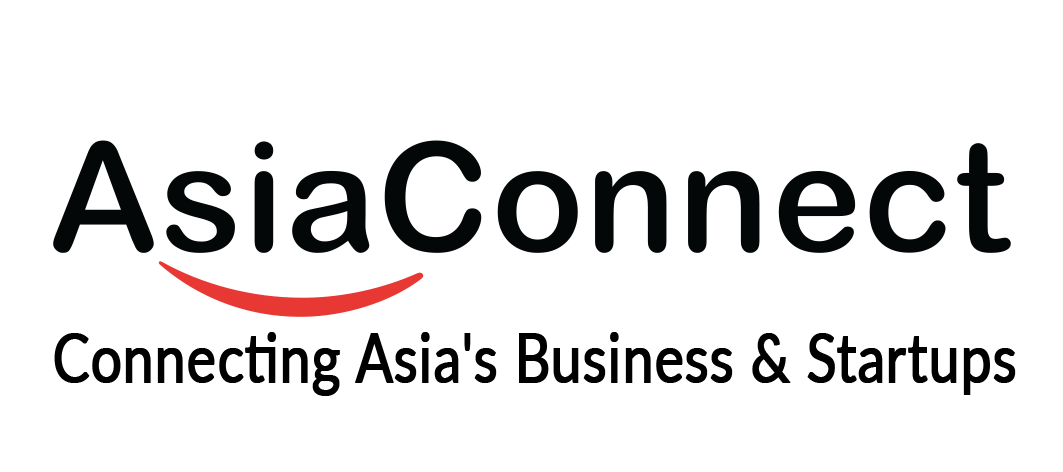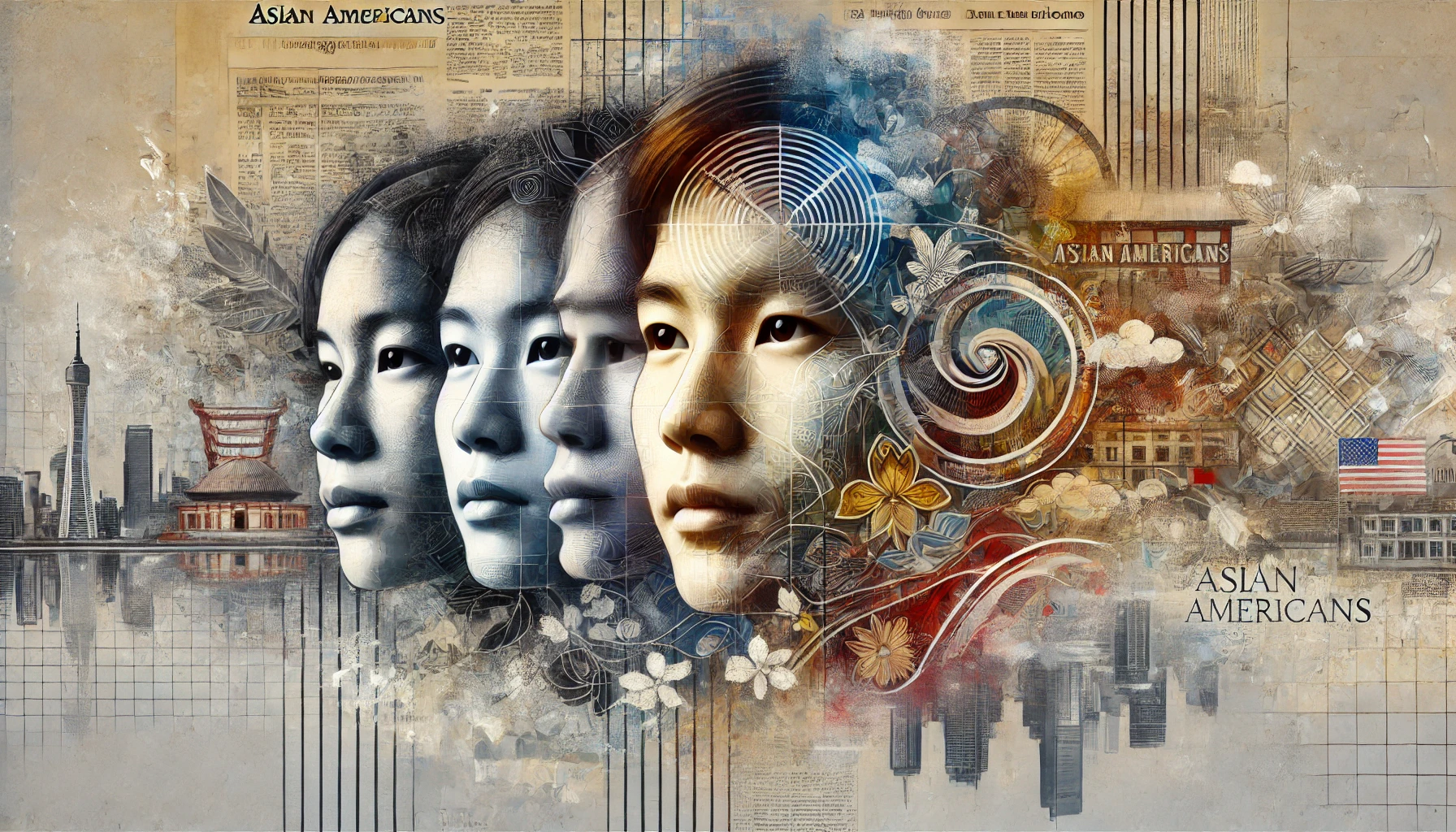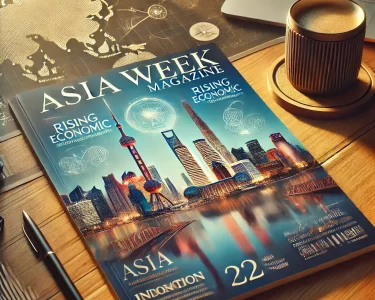Asian Americans are one of the most diverse and fastest-growing racial groups in the United States. However, despite their significant contributions to society, they often face complex perceptions and stereotypes that influence how they are viewed and treated. Understanding these perceptions is crucial to fostering a more inclusive and equitable society.
The Model Minority Myth
One of the most persistent stereotypes surrounding Asian Americans is the “model minority” myth. This stereotype portrays Asian Americans as a monolithic group that is universally successful, hardworking, and academically gifted. While this perception may seem positive on the surface, it can be harmful in several ways:
- Ignores Diversity – The Asian American community consists of individuals from various ethnic backgrounds, including Chinese, Indian, Filipino, Vietnamese, Korean, Japanese, and many more. These groups have vastly different experiences, socioeconomic statuses, and challenges.
- Creates Unrealistic Expectations – The pressure to conform to high academic and professional standards can take a toll on mental health and well-being. Many Asian Americans feel intense pressure to excel in school or careers, often at the expense of personal fulfillment.
- Conceals Inequities – The myth often obscures the struggles of Asian Americans who face poverty, discrimination, and lack of access to resources. Many Southeast Asian communities, for instance, experience higher rates of economic hardship and limited educational opportunities.
Perceptions in Media and Pop Culture
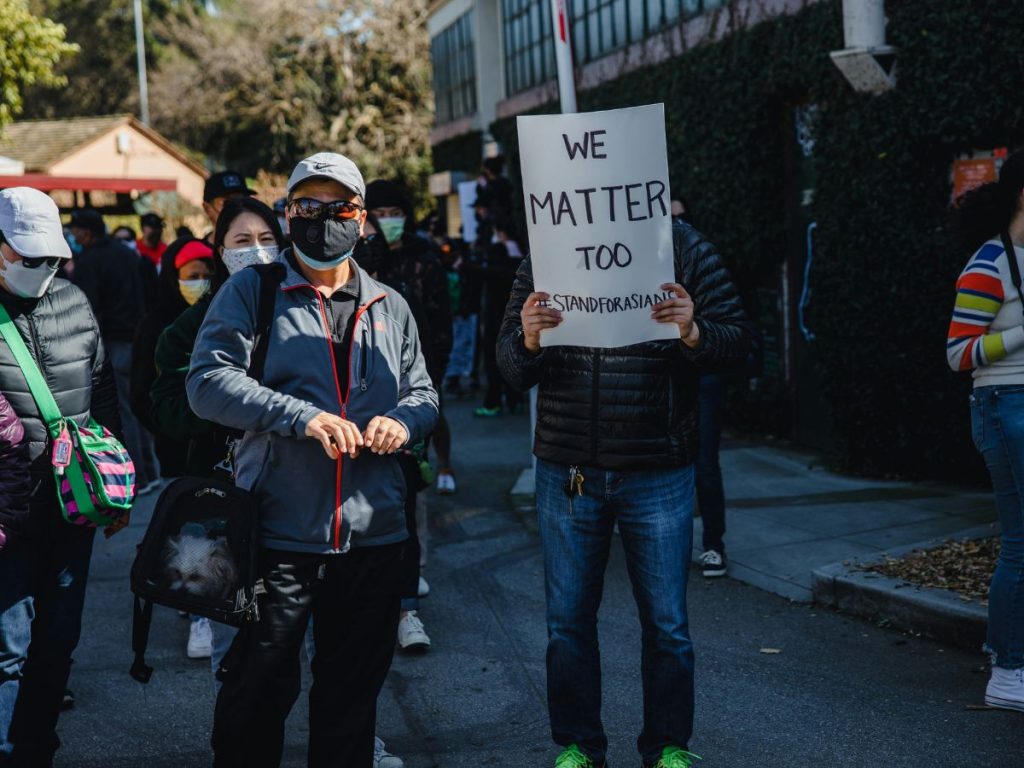
Media plays a significant role in shaping how Asian Americans are perceived. Historically, representation of Asian Americans in film, television, and literature has been limited or heavily stereotyped. Some common portrayals include:
- The Perpetual Foreigner – Asian Americans are often depicted as outsiders, regardless of how many generations their families have lived in the U.S. They are frequently asked, “Where are you really from?”
- The Martial Artist or Tech Genius – While these roles highlight positive skills, they reinforce narrow and limiting perceptions of Asian American identity. Many Asian Americans are expected to excel in STEM fields while being overlooked for leadership or creative roles.
- The Exoticized Woman and the Asexual Man – Asian American women are often fetishized, while men are frequently desexualized or portrayed as submissive. This has broader implications for dating, relationships, and overall societal perceptions.
While recent years have seen progress with more diverse and authentic representation, challenges still remain in breaking these entrenched stereotypes.
The Impact of Stereotypes on Society
Stereotypes and biased perceptions have real-world consequences for Asian Americans, affecting various aspects of life:
- Workplace Discrimination – Despite being perceived as successful, Asian Americans face barriers in leadership roles and are often overlooked for promotions. They are sometimes viewed as “too quiet” or “lacking leadership qualities,” despite their qualifications and contributions.
- Hate Crimes and Discrimination – Anti-Asian sentiment, fueled by misinformation and xenophobia, has led to increased hate crimes, particularly during the COVID-19 pandemic. Verbal and physical attacks against Asian Americans have surged, highlighting the dangers of racial scapegoating.
- Political Underrepresentation – Despite growing numbers, Asian Americans remain underrepresented in political offices and policymaking decisions. Without adequate representation, issues affecting the community often go unnoticed or unaddressed.
Challenging and Changing Perceptions
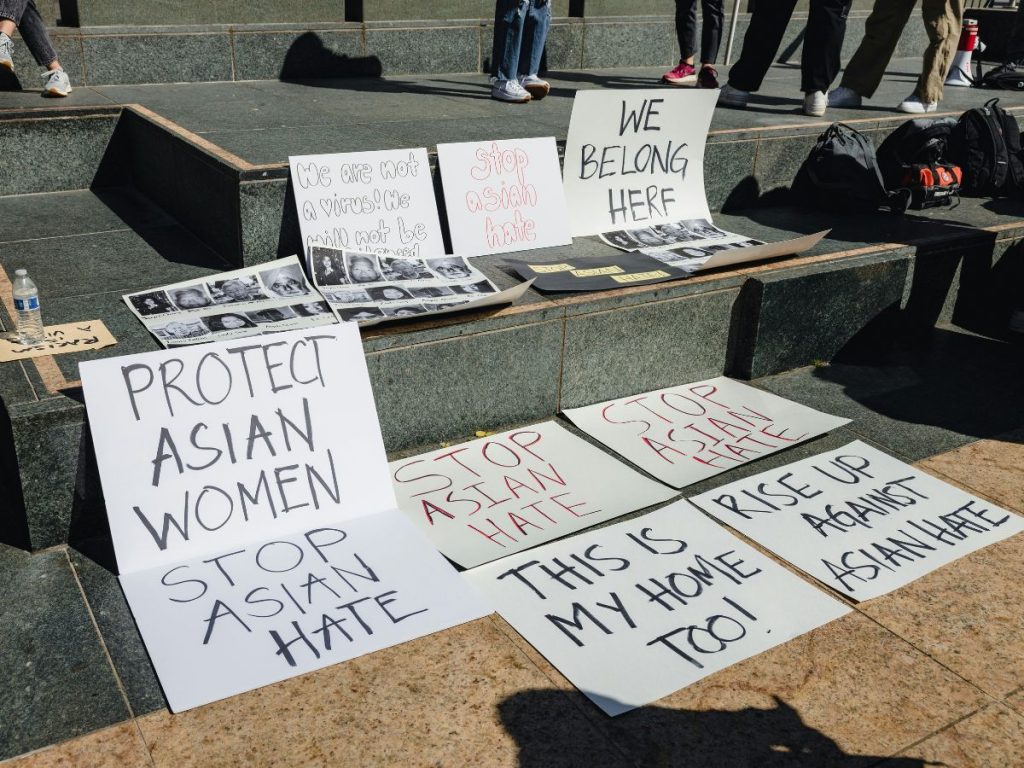
To create a more accurate and fair understanding of Asian Americans, we must actively challenge misconceptions and biases:
- Promote Representation – Encouraging diverse voices in media, politics, and leadership roles helps break stereotypes and showcase the breadth of Asian American experiences. Supporting films, books, and businesses created by Asian Americans can help reshape perceptions.
- Educate and Advocate – Schools and institutions should incorporate Asian American history and contributions into curriculums to build awareness and understanding. Learning about events such as the Chinese Exclusion Act, Japanese American internment camps, and the role of Asian Americans in the Civil Rights Movement can provide a more accurate historical context.
- Engage in Meaningful Conversations – Open dialogues about race, identity, and bias can help break down harmful stereotypes and promote solidarity. Encouraging intercultural discussions fosters mutual respect and a more inclusive society.
- Support Policies That Promote Equality – Advocating for policies that address racial discrimination, representation in leadership, and hate crime prevention can help create systemic change.
Moving Forward
Asian Americans have played and continue to play a vital role in shaping American society. Recognizing and challenging the perceptions that impact them is an essential step toward fostering inclusivity, equity, and respect for all communities. By broadening our understanding and embracing diversity, we can move toward a more just and inclusive future.
Breaking down stereotypes requires continuous effort. Whether through media representation, workplace inclusivity, or advocacy for social justice, every effort counts in ensuring that Asian Americans are recognized for their individuality and contributions rather than being confined by outdated perceptions. The path forward is one of education, empathy, and action.
